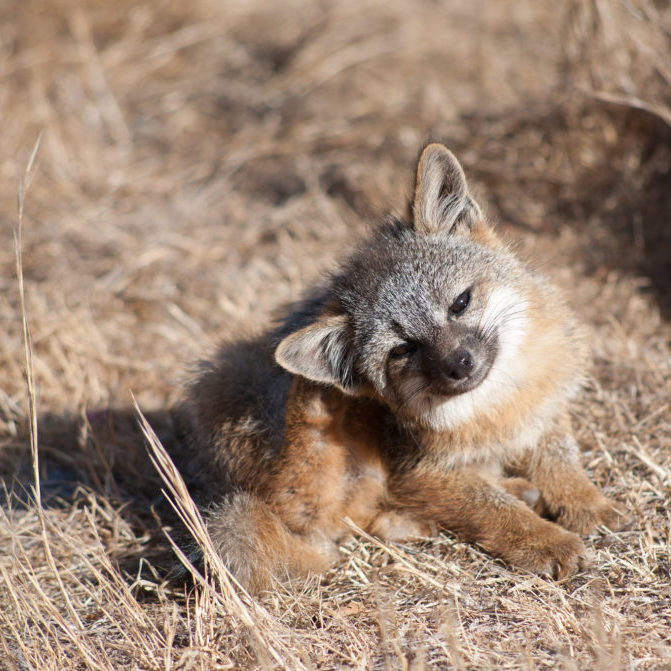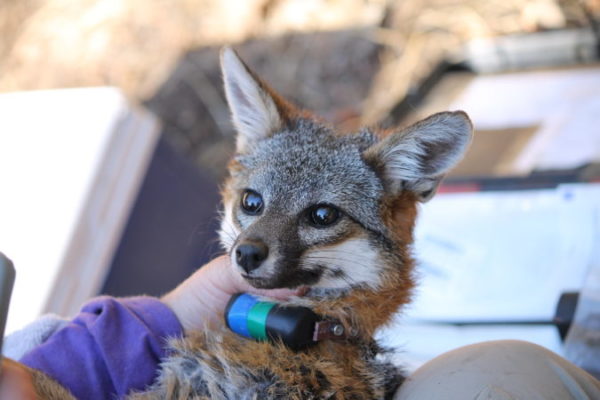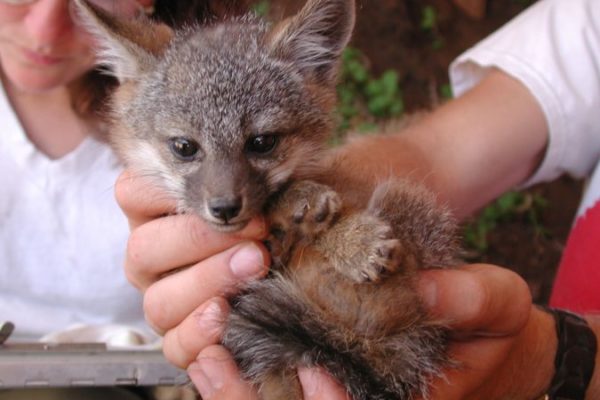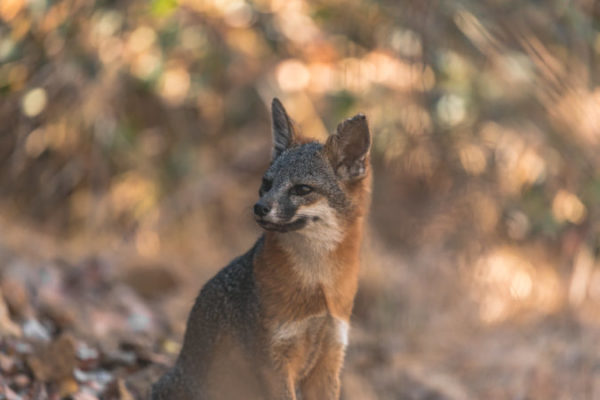CONSERVATION - WILDLIFE PROGRAMS
Catalina Island Fox
Background
The island fox (Urocyon littoralis) is a diminutive relative of the mainland gray fox (Urocyon cinereoargenteus) and is endemic to six of the largest California Channel Islands each with their own distinct subspecies. Four of the 6 subspecies suffered marked population declines from disease on Catalina Island and from predation by golden eagles on the Northern Channel Islands.


These declines resulted in the 4 subspecies being federally listed as endangered on March 5, 2004, by the U.S. Fish and Wildlife Service. Since then, 3 subspecies recovered to the point of delisting, but the Catalina Island fox remains listed as threatened due to their vulnerability to disease.

Catalina Island Fox
Why Do We Care?
As the largest native terrestrial mammal on the Channel Islands, the island fox plays an important role as a keystone species and apex predator. With over 1 million visitors every year, the risk of disease spread, and mortality associated with visitors increases annually. Therefore, the Santa Catalina Island fox (Urocyon littoralis catalinae) remains imperiled and is the only federally listed subspecies.
What Do We Do?
Island-wide Trapping

Systematic island-wide trapping has been conducted annually since 1999. The annual trapping survey was conducted first by the Institute for Wildlife Studies from 1999-2005 and then by the Conservancy starting in 2006. Current trapping takes place over 6 weeks between October and December of each year. Trapping foxes allows wildlife biologists to vaccinate hundreds of foxes against rabies and canine distemper as well as monitor the population for declines.
Radio Collar Monitoring

During trapping efforts, a subset of adult foxes are fitted with VHF radio collars. These collars produce radio signals which allow biologists to find the fox on a bi-monthly basis to check for survival. These unvaccinated collared foxes, also known as sentinel foxes, provide a necessary indicator of any sudden population declines from disease or other threats.
Mortality Investigations

Wildlife biologists respond to all reports of fox mortalities on Catalina Island to determine cause of death. This allows the Conservancy to keep track of any spikes in fox deaths and what might be causing them. The primary cause of death on the island is collisions with vehicles. This is why the island-wide speed limit is 25 mph, and only 20 mph in Avalon Canyon.
Habitat Conservation Plan

Conservancy wildlife biologists are collaborating with U.S. Fish and Wildlife Service and the California Department of Fish and Wildlife to develop a Catalina Island Fox Habitat Conservation Plan. This will plan will help ensure the fox is protected as much as possible from any development or construction conducted on the island.
